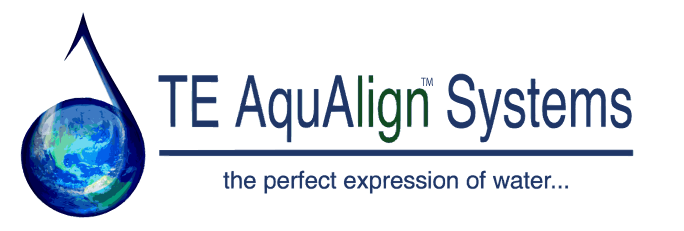VanHart Greenhouses - Commercial Organic Tomato Growers
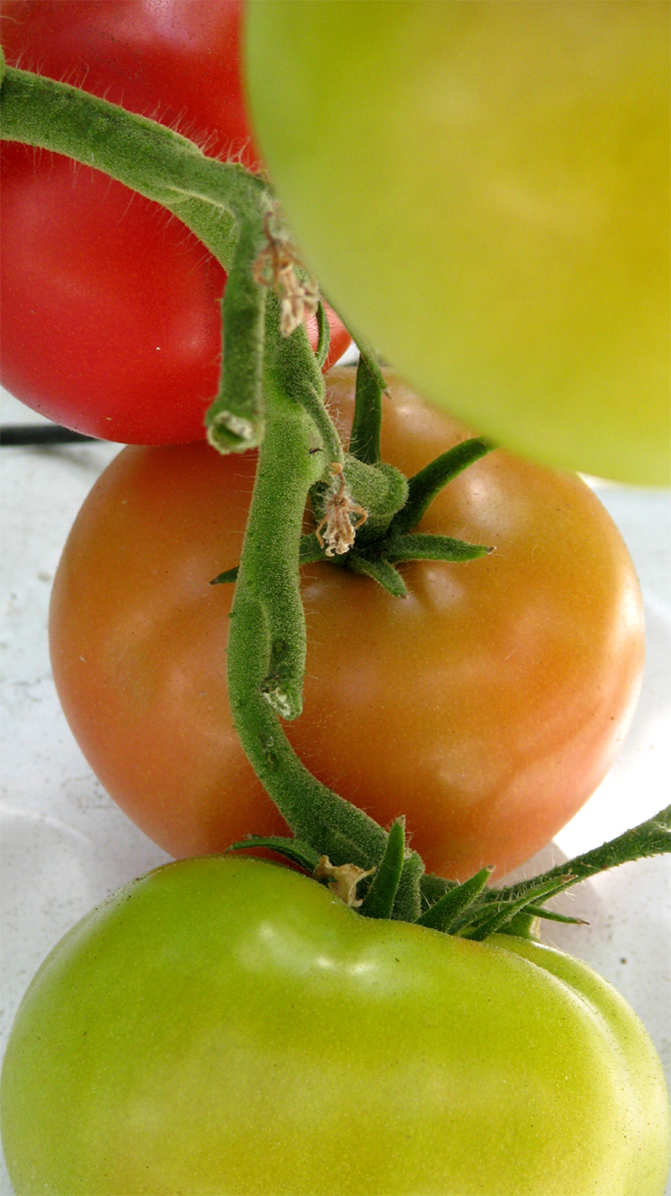
This demonstration was conducted at VanHart Greenhouses located in Holland Marsh, Ontario, Canada. This multi-generational operation, owned and directly managed by Ron VanHart, has been certified organic since the 1980’s, and is considered by many to produce the finest premium produce in Canada. Over the years, VanHart Greenhouses have developed 45 varieties of vegetables, and experimented with over 300 tomato varietals. All of their tomatoes are greenhouse-grown, planted directly in native Holland Marsh peat moss (described by VanHart as the “richest peat moss in the world”) and are irrigated via a sophisticated computerized system which monitors & delivers the precise quantity of a proprietary (developed by R. VanHart) waterborne nutrient mix to the roots of each plant as required. Using this system, Mr. VanHart produces prodigious yields (amongst the highest yield per plant ever recorded), however, this “super-charging” system comes at a cost to the plant; often completely exhausting the plant by mid-season and requiring removal and replacement by new plants (4 to 5 week downtime in production). VanHart Greenhouses growing activities are conducted from April to October (inclusive) annually, and the greenhouses are not artificially heated.
For the purposes of this demonstration, Mr. VanHart allotted one of his greenhouses to receive the TE AquAlign™ System (integrated into the manifold of the nutrient irrigation system for that greenhouse) and a second greenhouse, planted with the same varietal, to serve as a control. As a result of this being a full scale commercial operation, a certain condition was imposed (due to the business’ financial considerations): Mr VanHart reserved the right to end the demonstration at any point, if: (a) any adverse effects were noted; (b) no discernable effect was observed; and (c) should, at any point in time, the plants (control and/or TE AquAlign™) drop below viable yield levels.
This condition impacted this demonstration only insofar as the “Control” was concerned. The “control” plants, following the established cycle, were exhausted by July 16, 2012 and subsequently removed; rendering the remainder of the demonstration lacking the original “Control” for comparison.
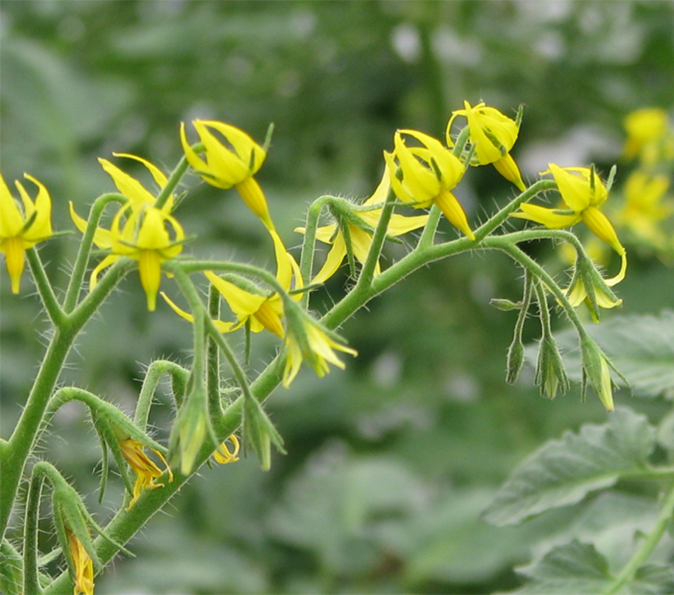
The protocol for assessment on the second objective was conducted on a weekly physical examination basis of randomly selected plants (“Control” vs. “TE”). Included in that examination was an active flower count, stem comparison, leaf comparison and turgidity assessment. Brix readings would be taken in both July and August of mature fruit from both “Control” and “TE”.
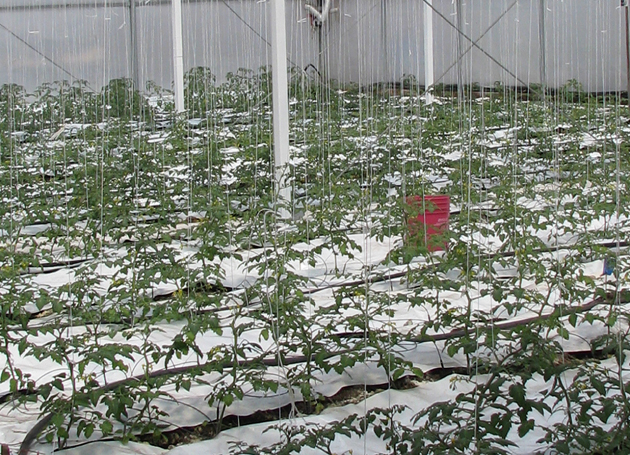

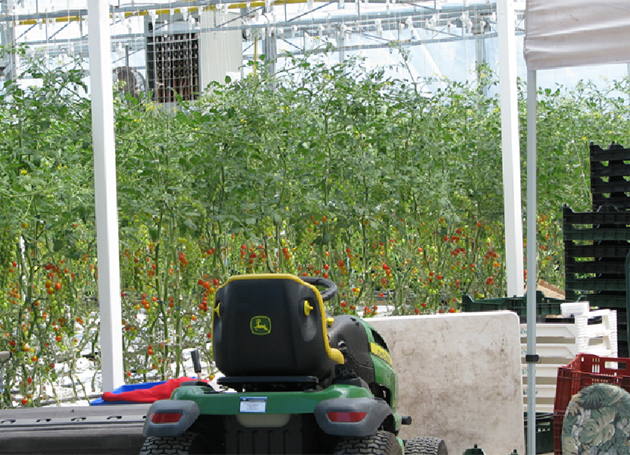
'TE' Greenhouse installation May 25th
'TE' Greenhouse June 8th (14 days)
The “Control” tomatoes were removed and replanted on July 16th, providing 38 days of continuous production. The “TE” plants were removed October 8th after the second hard frost (while still producing fruit & flowers), providing 121 days of continuous yield.
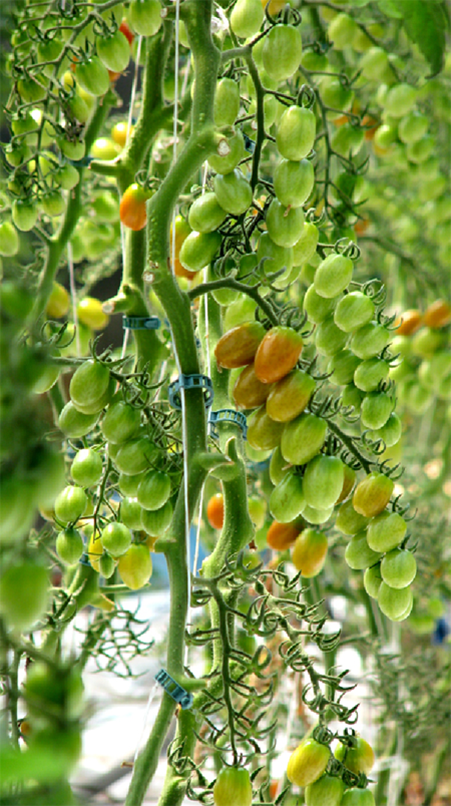
"TE" July 15
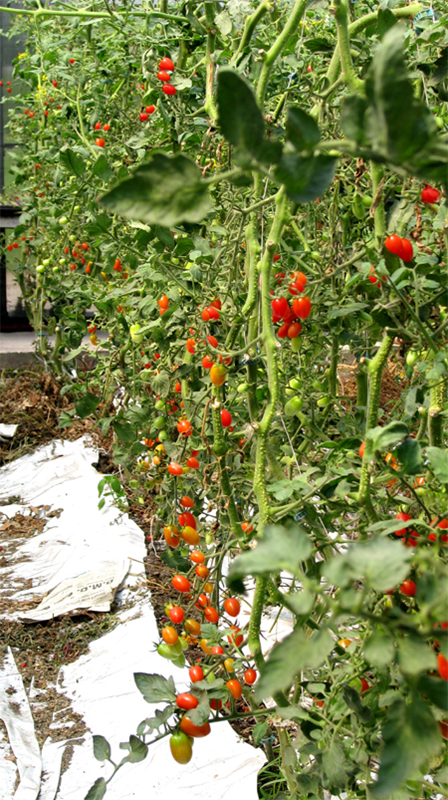
"TE" August 23
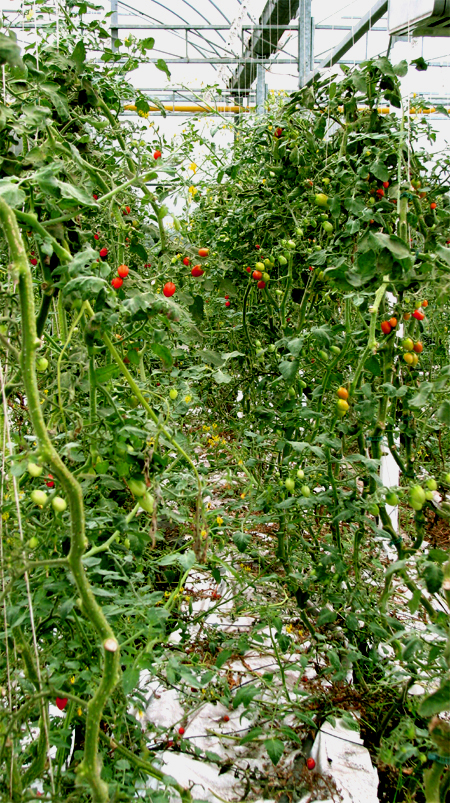
"TE" Sept 21
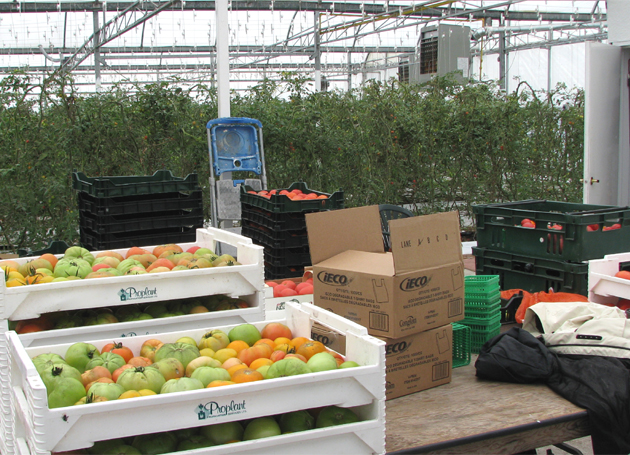
'TE' Greenhouse - September 28th
Note: Photo taken as the last standard grown tomato plants were removed from the adjoining greenhouse
Our samples showed an average BRIX of 6.5 for “Control”… The TE AquAlign™ tomatoes average BRIX was 7.68… A 15.3% HIGHER BRIX!
For more information concerning this demonstration, and others like it, contact us, and we’d be pleased to assist you!

